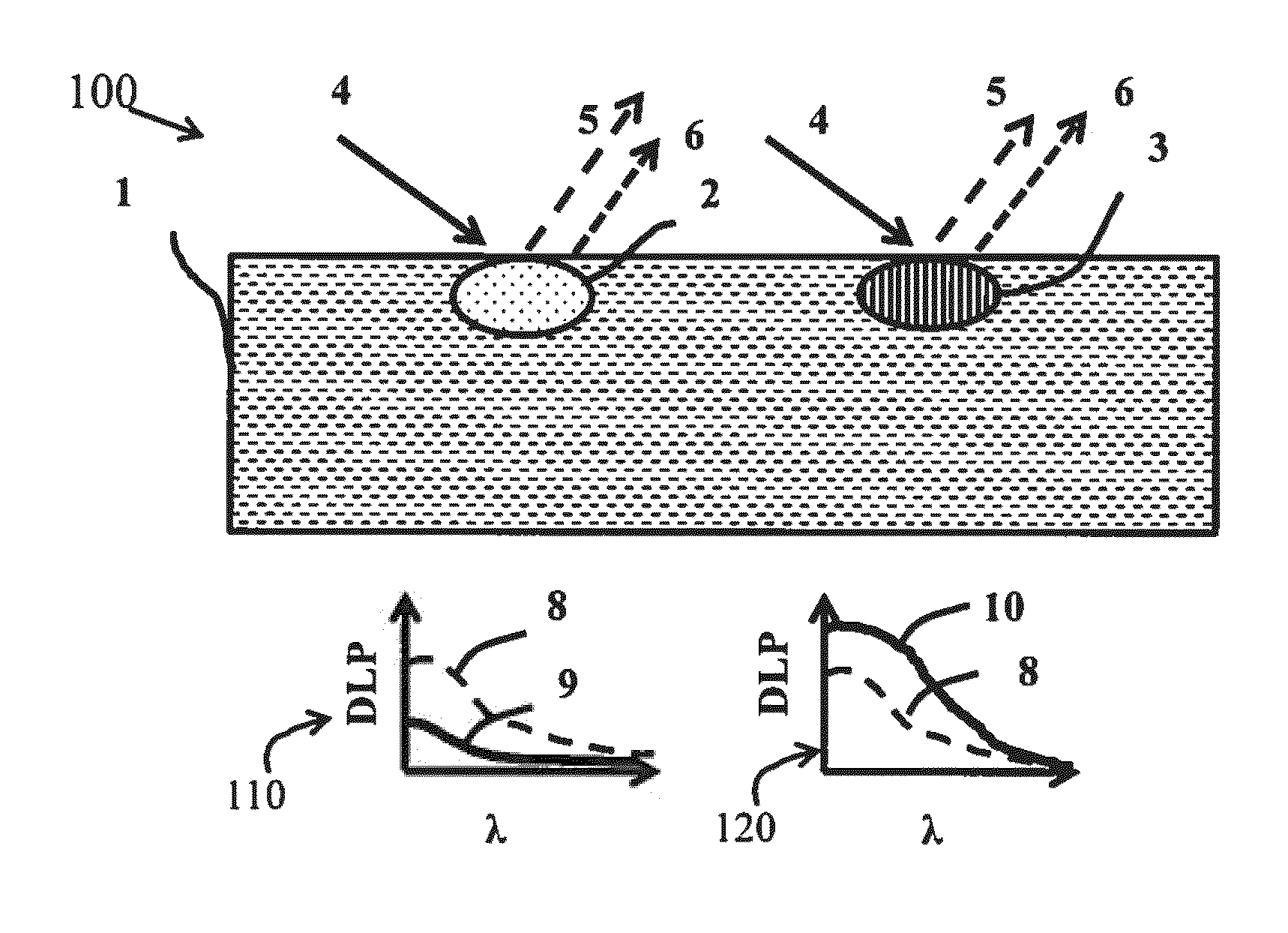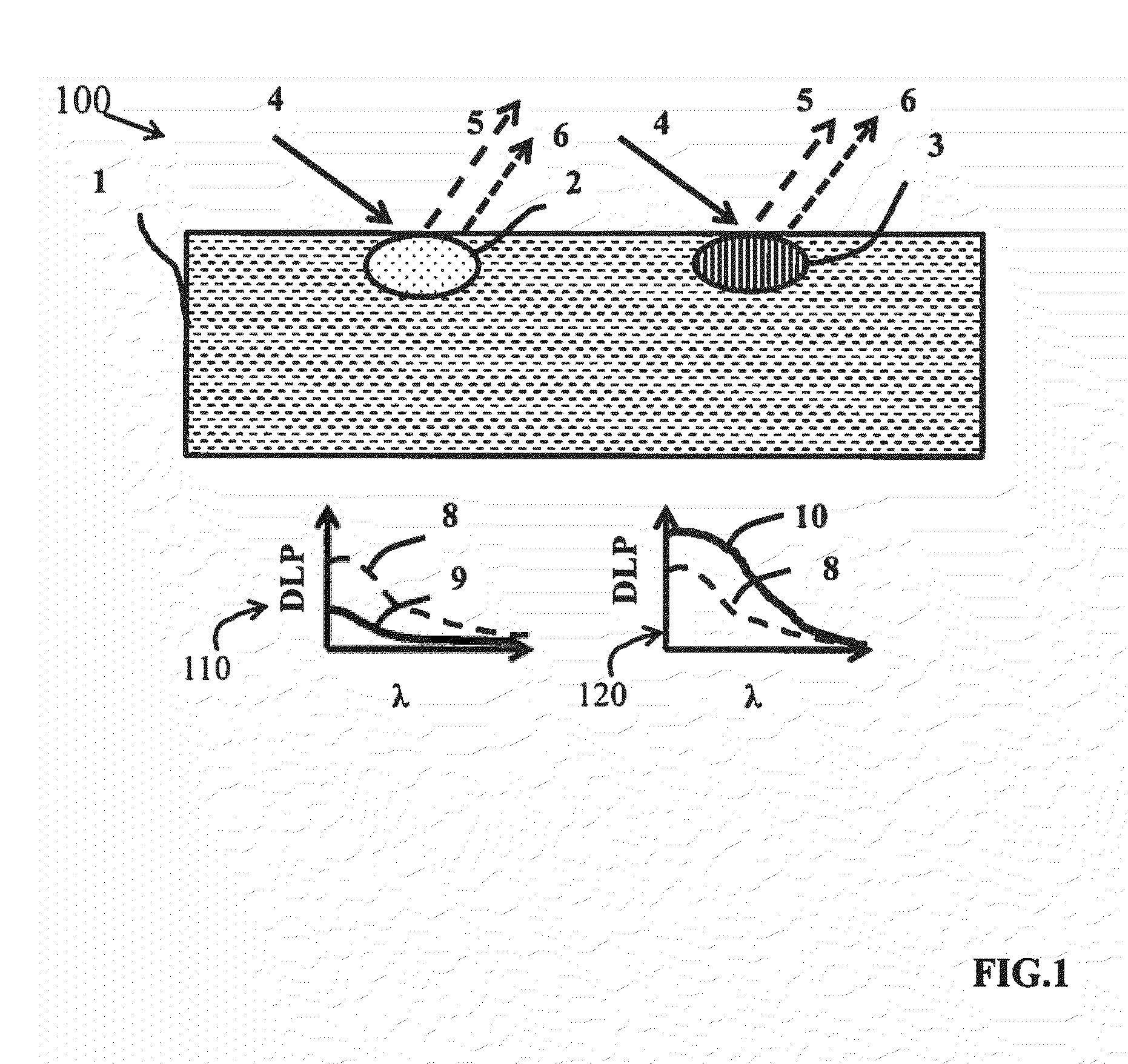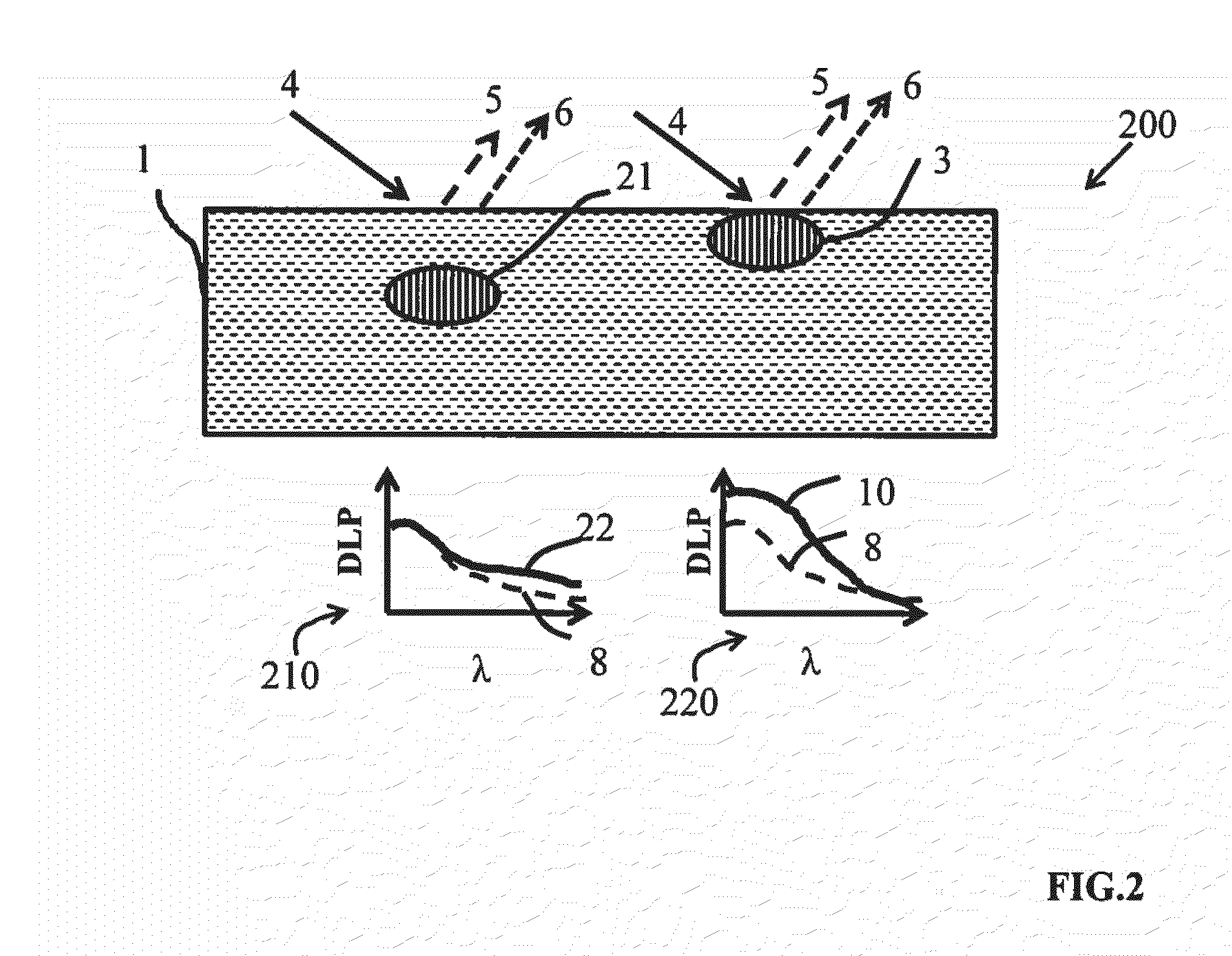It is an increasingly lethal form of
skin cancer, especially when detected in later stages.
Despite great effort worldwide, no significant advancements in treatment have occurred.
; Verisante Aura is claimed as a
trademark by The BC
Cancer Agency and the University of British Columbia) Although all of these optical systems provide high sensitivity, they have not achieved the desired level of specificity in diagnosis.
Unfortunately many systems employing these methods have shown reductions in performance as the studies move from smaller to larger populations.
The MelaFind® device data shows unavoidable rates of false-positives and false-negatives.
The MelaFind® device data was not validated and the device cannot be used for lesions with foreign material present such as
dirt, ink or splinters, or with skin
erosion, ulcers or bleeding and others defects.
Some private practice dermatologists find that they cannot justify its use.
As reflected in such data the
statistical classification approach is encountering fundamental barriers to success as promising clinical devices fail when they are evaluated in larger studies.
A key problem is that in order to adequately validate these statistical models large numbers of patients must have
biopsy confirmed measurements to develop these models or else resulting
diagnostic algorithms will have poor performance.
This means large and thus expensive clinical trials are required.
Another more fundamental limitation is that the “
black box approach” is only indirectly linked to tissue
physiology.
The limited biological plausibility has kept clinicians and dermatologists from embracing this method.
When considered with the modest improvement of specificity from the current dermatologist examination specificity of 3% to the 10% to 13% range of specificity of such devices, it is difficult to justify their adoption.
This is especially true when both the change of procedure and the equipment expense are considered.
It is clear that such attempts to achieve
early detection have shown disappointing reductions in specificity when clinical trials proceed from smaller to larger study populations.
These devices are very expensive, and the interpretation of the information requires the skills of a pathologist.
These statistical classifiers are used to decide whether a tissue has a particular
pathology, but there is little information that can be directly related to the tissue
biology providing a model that does not distinguish between correlation and causation.
This makes it difficult to evaluate the
algorithm for the biological plausibility that usually engenders clinical confidence in a
medical device Bergstrom, K. G. MelaFind was approved by FDA; where does it fit in
dermatology?, J
Drug Dermatol, 11, 420-422 (2012).
In skin studies, using SIAscopy, the limited multi-
wavelength measurements appear to be inadequate for the light-
tissue model being applied, Moncrieff, M., Cotton, S., Claridge, E., & Hall, P. Spectrophotometric intracutaneous analysis: a new technique for imaging pigmented skin lesions., Br J Dermatol 146, 448-57 (2002), because the results do not adequately correlate with
pathology, Terstappen, K., Suurkiila, M., Hallberg, H., Ericson M. B., & Wennberg, A. M.,
Poor correlation between spectrophotometric intracutaneous analysis and
histopathology in
melanoma and nonmelanoma lesions., J Biomed Opt, 18, 061223 (2013).
However, it has become evident that, even with complex algorithms, misestimation of
chromophore concentrations has been reported.
The problem persists in complex models where dark-skinned subjects always seem to have much lower
oxygenation compared to Caucasian subjects, as presented by Yudovsky et al.
Poor correlation between spectrophotometric intracutaneous analysis and
histopathology in
melanoma and nonmelanoma lesions, J Biomed Opt, 18, 061223 (2013) showed a
poor correlation between the SIA scans and histopathological findings in pigmented skin lesions, and attributed this error to misrepresentation of
melanin and blood content due to high concentrations of melanin disturbing the quantification
algorithm determining blood and collagen distributions.
However, they showed in other work that this method was only partially effective in a benign pigmented
nevus with a high melanin concentration.
 Login to View More
Login to View More  Login to View More
Login to View More 


